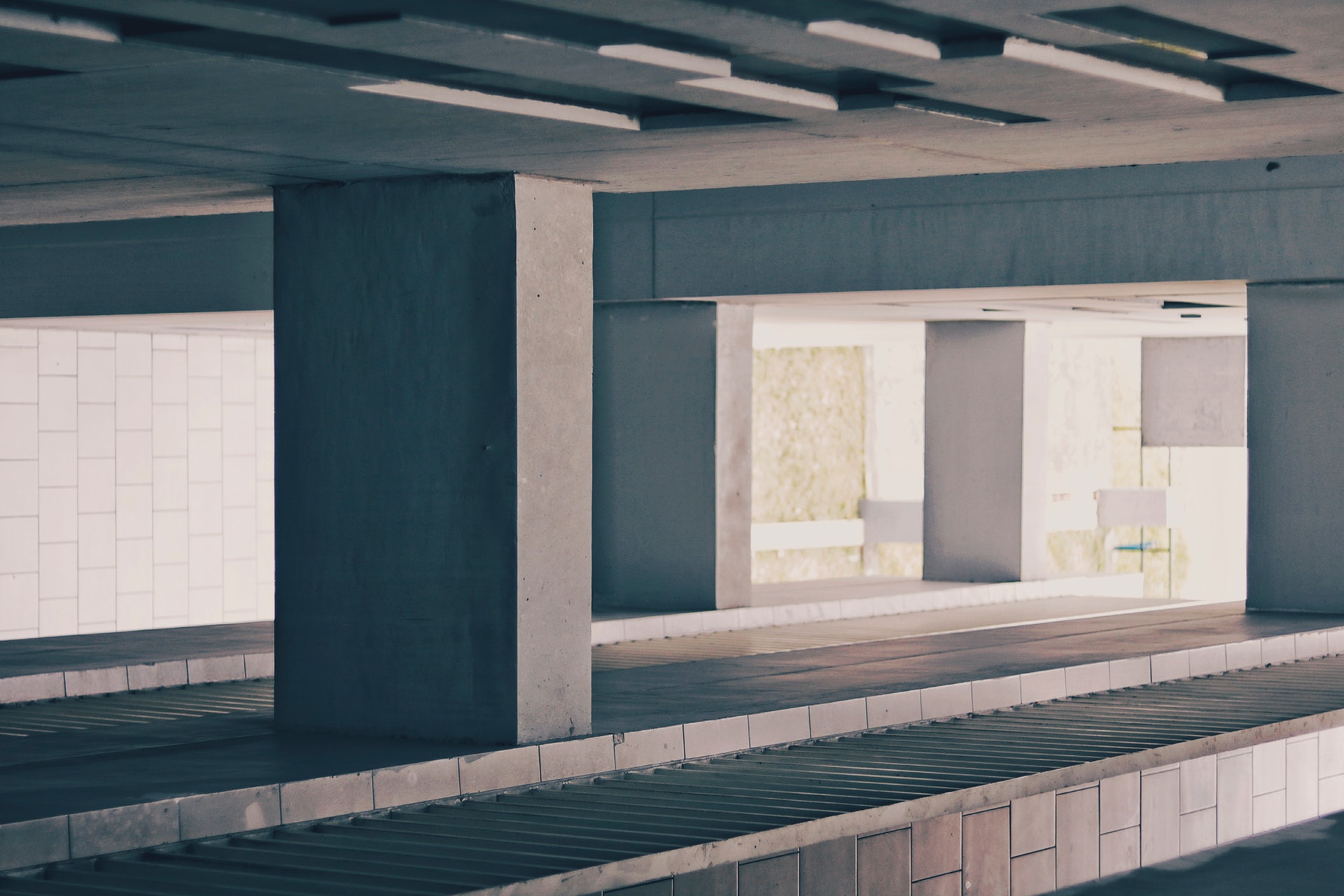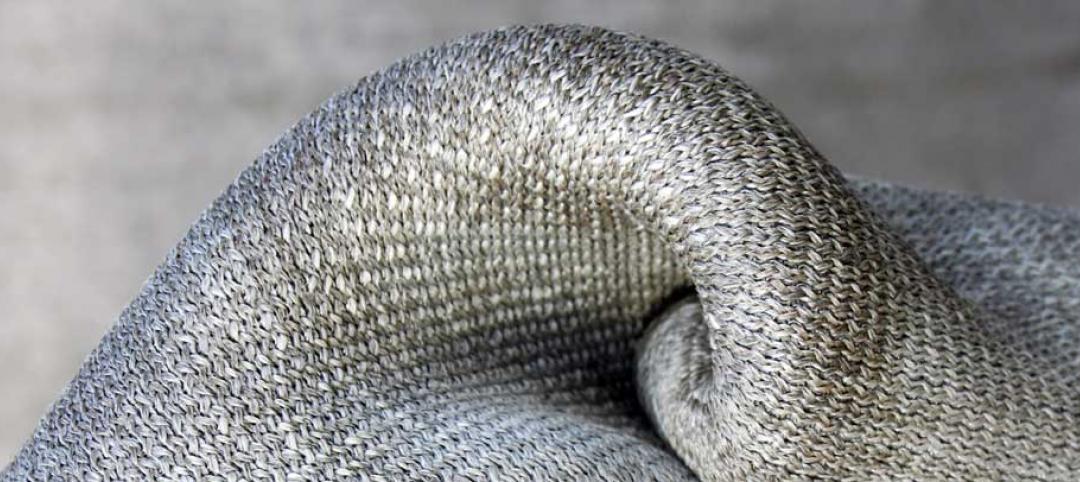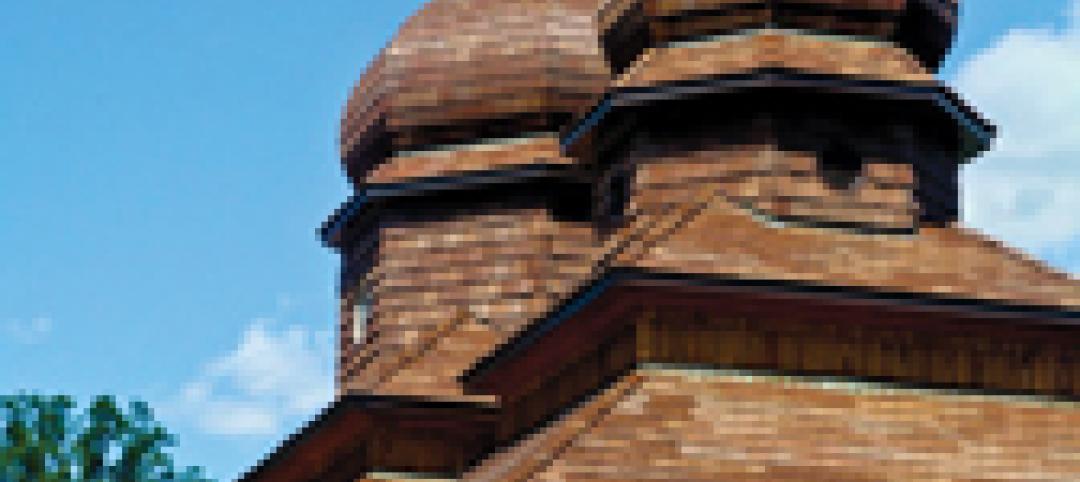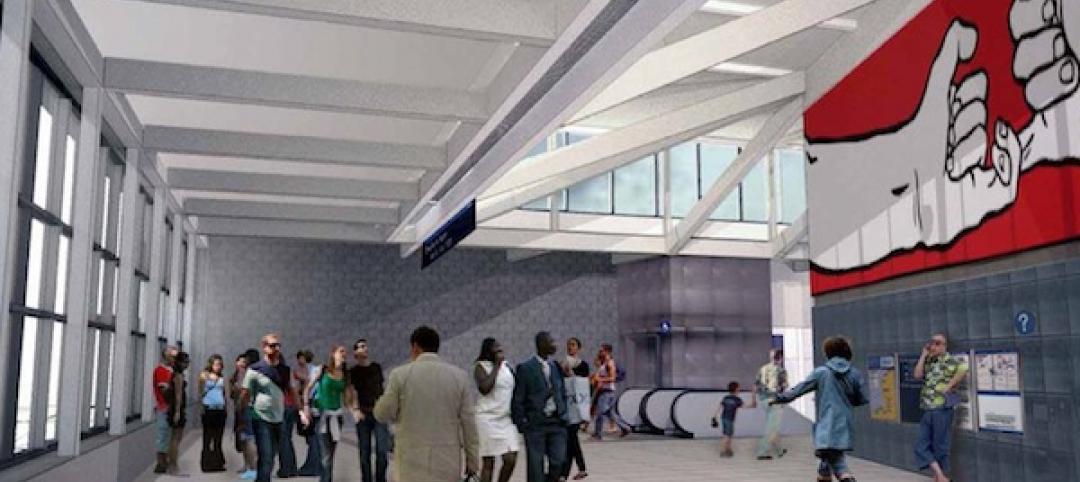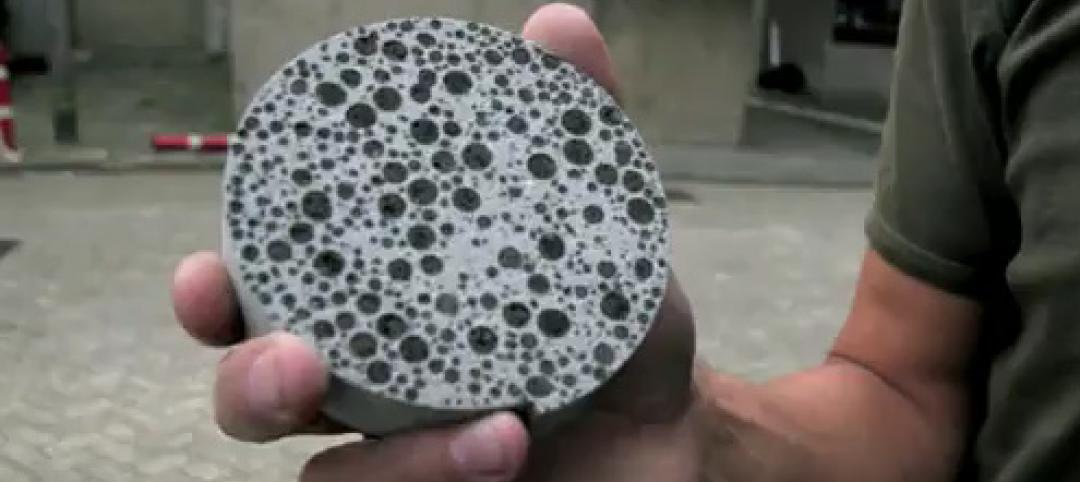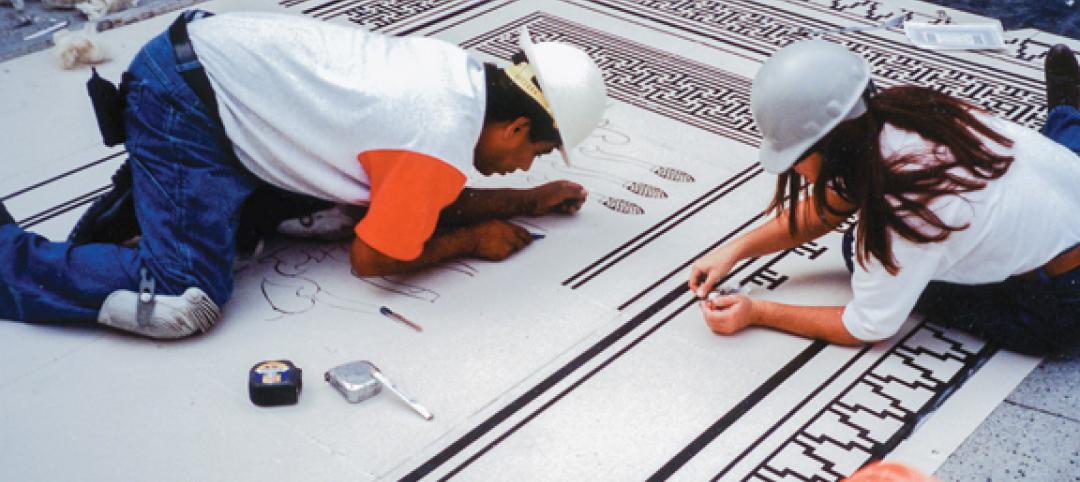The American Concrete Institute (ACI) has released ACI 562-19 Code Requirements for Assessment, Repair, and Rehabilitation of Existing Concrete Structures and Commentary.
The code was written to be integrated into building codes for increased confidence that repairs are performed in a manner that provides an acceptable level of protection for the public, according to an ACI new release.
The code was developed to integrate with the International Code Council’s International Existing Building Code or to be adopted as a stand-alone code.
“ACI 562-19 provides owners confidence that their repair projects will be designed to a common standard, engineers a uniform set of requirements specific to existing concrete structures, building officials a basis upon which to evaluate design and construction, and contractors clarification of responsibilities,” says Michael L. Tholen, ACI managing director, engineering and professional development.
Key changes to the 2019 version of the code include:
· Improved integration with ACI 318 Building Code Requirements for Structural Concrete
· Improved integration with the ICC International Existing Building Code
· More context provided regarding durability
· Improved text and commentary related to load combinations during fire events
· Improved text and commentary related to applicability of ACI 562
· Simplified requirements for the basis of design report
· Clarification of requirements related to detailing of existing reinforcing steel
Related Stories
High-rise Construction | Jul 9, 2013
5 innovations in high-rise building design
KONE's carbon-fiber hoisting technology and the Broad Group's prefab construction process are among the breakthroughs named 2013 Innovation Award winners by the Council on Tall Buildings and Urban Habitat.
| Jun 4, 2013
SOM research project examines viability of timber-framed skyscraper
In a report released today, Skidmore, Owings & Merrill discussed the results of the Timber Tower Research Project: an examination of whether a viable 400-ft, 42-story building could be created with timber framing. The structural type could reduce the carbon footprint of tall buildings by up to 75%.
| May 14, 2013
Paints and coatings: The latest trends in sustainability
When it comes to durability, a 50-year building design ideally should include 50-year coatings. Many building products consume substantial amounts of energy, water, and petrochemicals during manufacture, but they can make up for it in the operations phase. The same should be expected from architectural coatings.
| Apr 23, 2013
Building material innovation: Concrete cloth simplifies difficult pours
Milliken recently debuted a flexible fabric that allows for concrete installations on slopes, in water, and in other hard to reach places—without the need for molds or mixing.
| Apr 19, 2013
Must see: Shell of gutted church on stilts, 40 feet off the ground
Construction crews are going to extremes to save the ornate brick façade of the Provo (Utah) Tabernacle temple, which was ravaged by a fire in December 2010.
| Mar 29, 2013
Shenzhen projects halted as Chinese officials find substandard concrete
Construction on multiple projects in Guangdong Province—including the 660-m Ping'an Finance Center—has been halted after inspectors in Shenzhen, China, have found at least 15 local plants producing concrete with unprocessed sea sand, which undermines building stabity.
| Mar 4, 2013
Legendary structural engineer Gene Corley passes away at 77
CTLGroup, an expert engineering and materials science firm located in Skokie, Illinois, is saddened by the news that W. Gene Corley, Ph.D., S.E., P.E., Senior Vice President, died on March 1, 2013 after a brief battle with cancer.
| Feb 25, 2013
Turner employs rare 'collapsible' steel truss system at Seattle light rail station
To speed construction of the $110 million Capitol Hill Station light-rail station in Seattle, general contractor Turner Construction will use an unusual temporary framing method for the project's underground spaces.
| Feb 22, 2013
Dutch team's 'bioconcrete' can heal itself
Two researchers from Delft Technical University in Holland have developed a self-healing cement that can stop microcracks from forming in concrete.
| Jan 3, 2013
5 things you should know about decorative concrete
Designing and installing decorative concrete is a lot more difficult that you might think. A veteran of many such installations offers a handful of tips to help you plan your next decorative concrete project.


